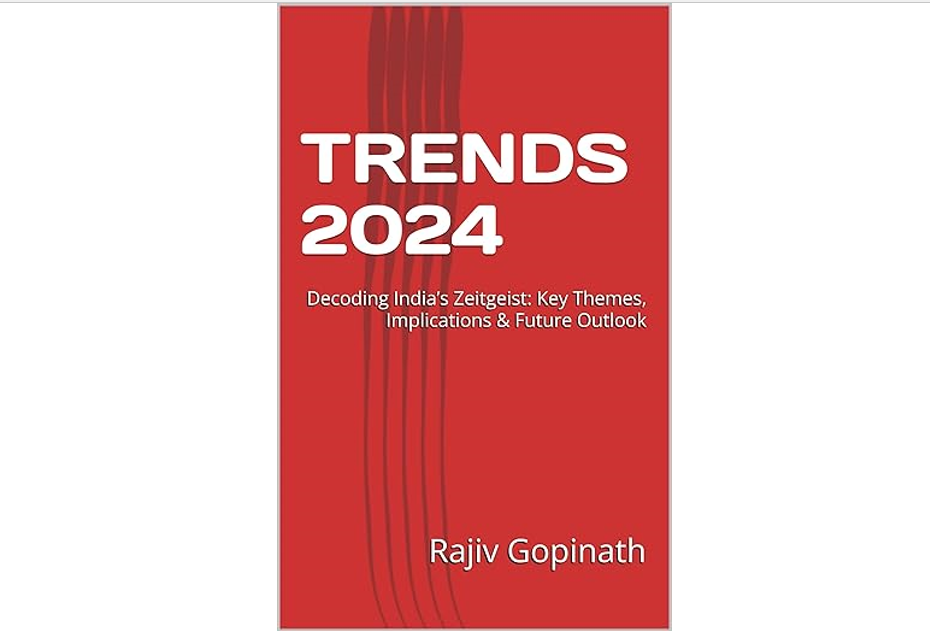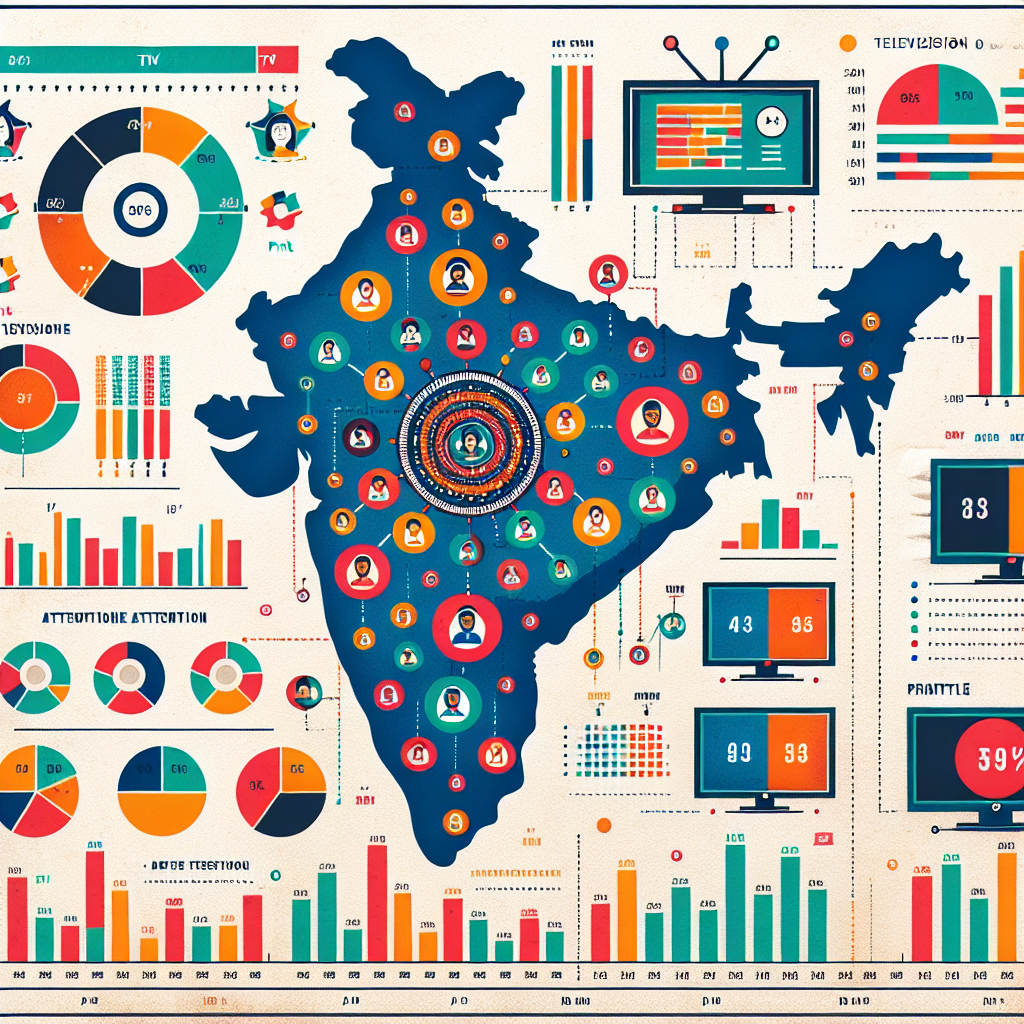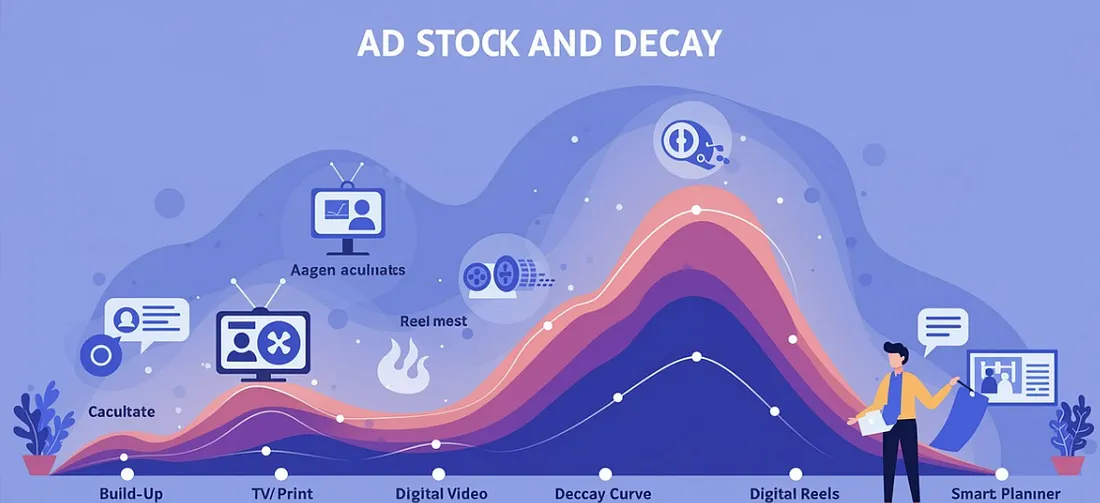Why Some Brands Win by Being 'Uncool'—The Power of Anti-Status Marketing
Introduction: The Strategic Advantage of Deliberate Uncoolness
In a marketplace obsessed with cultivating cool, a counterintuitive approach has emerged: deliberate anti-status positioning. While conventional wisdom suggests brands should aspire to exclusivity and prestige, research from the Journal of Consumer Research indicates that "reverse status signaling"—deliberately rejecting conventional status markers—can create powerful consumer connections and sustainable competitive advantage. According to sociologist Pierre Bourdieu's theory of distinction, as traditional status signals become democratized, new forms of differentiation emerge—including the calculated rejection of status itself. This strategic uncoolness operates through what consumer psychologist Jonah Berger terms "inconspicuous consumption"—signals recognized within specific communities while remaining invisible or even unappealing to outsiders. The digital transformation of consumer culture has accelerated this trend, with social media platforms creating what anthropologist Grant McCracken calls "status microcultures"—specialized communities with unique status codes that often invert mainstream value systems. This article examines the psychological foundations, strategic applications, and evolutionary patterns of anti-status marketing, revealing why some of the world's most successful brands deliberately position themselves against conventional coolness.
The Psychology of Anti-Status Positioning: Authenticity as the New Prestige
Anti-status brands leverage specific psychological mechanisms that convert apparent disadvantages into competitive advantages. According to consumer psychologist Jennifer Aaker's dimensions of brand personality, brands that deliberately reject sophistication in favor of sincerity and ruggedness often generate stronger emotional connections and perceived authenticity.
Furniture retailer IKEA exemplifies this approach, deliberately highlighting its affordable, assemble-it-yourself products as a badge of pragmatic consumer intelligence rather than attempting to mimic luxury competitors. Similarly, Patagonia's "Don't Buy This Jacket" campaign explicitly rejected consumption-based status in favor of environmental responsibility, demonstrating what sociologist Elizabeth Currid-Halkett terms "the sum of small things"—inconspicuous consumption patterns that signal membership in value-based communities.
Digital channels have intensified this psychological advantage through what social psychologist Robert Cialdini calls "pre-suasion"—strategic attention focusing that establishes evaluative frameworks. AI-powered sentiment analysis now allows brands to identify precisely which anti-status positioning generates optimal authenticity perceptions across different consumer segments.
Cultural Credibility: When Imperfection Becomes Strategic
Anti-status positioning creates cultural credibility when conventional status markers appear inauthentic or disconnected from lived experience. According to cultural analyst Douglas Holt's research on iconic brands, this approach allows brands to address what he terms "cultural contradictions"—tensions between idealized images and consumer realities.
Footwear brand Crocs demonstrates this principle, transforming its deliberately unglamorous aesthetic into a virtue signaling authentic self-expression. Similarly, fast-food chain Wendy's leveraged conversational, sometimes self-deprecating social media presence to create what digital anthropologist Tricia Wang calls "thick data"—rich qualitative insights about how brands function as cultural signals rather than just service providers.
Social media has accelerated this cultural credibility through what marketing professor Jonah Berger calls "identity badges"—consumption choices that communicate membership in specific cultural groups. AI-driven social listening tools now allow brands to identify emerging anti-status codes before they become mainstream, enabling what trend forecaster Martin Raymond terms "cultural arbitrage"—strategically investing in emerging value systems before competitors recognize their significance.
The Status Plateau Effect: When More Becomes Less
Anti-status positioning becomes particularly effective when traditional status markers reach what economist Richard Easterlin terms the "hedonic treadmill"—the point at which additional status signals no longer increase subjective well-being. This creates opportunities for brands offering alternative value propositions focused on functionality, sustainability, or community belonging.
Automotive brand Subaru exemplifies this approach, deliberately positioning against luxury competitors by emphasizing durability and outdoor functionality—a strategy that attracted educated, affluent consumers seeking alternatives to conventional status vehicles. Similarly, Trader Joe's rejection of conventional supermarket prestige markers (limited selection, minimal décor, absence of manufacturer promotions) demonstrates what innovation theorist Clayton Christensen calls "disruptive value networks"—alternative systems that redefine industry value propositions.
E-commerce has expanded this advantage through what marketing strategist Youngme Moon terms "hostile branding"—deliberately rejecting category conventions to attract consumers fatigued by traditional status games. With AI-powered preference analysis now able to identify status saturation points within specific consumer segments, brands can determine precisely when anti-status positioning offers maximum advantage.
The Inclusivity Advantage: Democratizing Brand Access
Anti-status brands often benefit from higher transaction volume and broader demographic reach by deliberately removing psychological barriers to purchase. According to status anxiety research by sociologist Alain de Botton, conventional luxury positioning creates what he terms "status anxiety"—the fear of judgment based on consumption choices—which limits market penetration.
Restaurant chain Chipotle demonstrates this advantage, creating what industry analysts term "fast casual"—offering higher quality ingredients than fast food while deliberately rejecting fine dining's status trappings and price points. Similarly, Southwest Airlines' rejection of assigned seating and class divisions exemplifies what marketing theorist Kevin Lane Keller calls "democratized value"—premium experiences without explicit status hierarchies.
Digital platforms have expanded this inclusivity advantage through what behavioral economist Dan Ariely terms "zero price psychology"—the disproportionate attractiveness of removing cost barriers. With AI-powered pricing optimization now able to identify precise value thresholds across consumer segments, brands can determine optimal price points that maximize inclusivity while maintaining profitability.
Strategic Implementation: The Anti-Status Decision Framework
Successfully implementing anti-status positioning requires systematic evaluation of market conditions and brand capabilities. According to brand equity researcher David Aaker's brand positioning model, brands should consider four factors before adopting anti-status approaches:
- Category saturation: Whether traditional status signals have reached diminishing returns.
- Authenticity alignment: Whether anti-status positioning reflects genuine organizational values.
- Consumer tension: Whether target segments experience discomfort with conventional status games.
- Execution capability: Whether the organization can consistently deliver on anti-status promises.
Fashion retailer Everlane's successful "radical transparency" positioning satisfied all four criteria, addressing growing consumer discomfort with opaque fashion supply chains. Conversely, JCPenney's failed 2012 rebranding demonstrates what marketing strategist Scott Galloway calls "authenticity gaps"—disconnects between positioning and organizational capabilities that undermine credibility.
Digital experimentation platforms now enable what innovation theorist Stefan Thomke calls "controlled authenticity testing"—systematically evaluating anti-status positioning across contexts before full implementation. Through AI-powered sentiment analysis, brands can identify what consumer psychologist Robert Cialdini terms "natural identifiers"—authentic organizational attributes that can be amplified into credible anti-status positions.
Conclusion: Beyond Trend to Strategic Paradigm
Anti-status positioning represents more than a temporary countertrend—it reflects fundamental shifts in how consumers construct identity and evaluate brands in increasingly fragmented, digitally mediated environments. As traditional status hierarchies flatten and consumers seek meaning beyond conspicuous consumption, the ability to authentically reject conventional status games becomes a powerful differentiator.
The most successful implementations of anti-status positioning are those grounded in genuine organizational values rather than tactical positioning—carefully calibrated rejections of category conventions that offer alternative value systems rather than mere opposition. As consumer environments grow increasingly skeptical of manufactured coolness, the ability to communicate through authentic imperfection may become as important as the ability to project aspirational ideals. The paradox of modern branding may well be that winning sometimes requires the courage to deliberately not compete on conventional status terms.
Call to Action
For brand leaders considering anti-status positioning:
- Conduct cultural audits to identify status saturation points and emerging anti-status codes within your category and target segments.
- Develop authenticity mapping that identifies genuine organizational attributes that could be amplified into credible anti-status positions.
- Create graduated implementation plans that systematically introduce anti-status elements while measuring consumer response.
- Implement cross-functional governance systems to prevent inadvertent drift toward conventional status markers as the organization grows.
Featured Blogs

TRENDS 2024: Decoding India’s Zeitgeist: Key Themes, Implications & Future Outlook

How to better quantify attention in TV and Print in India

AI in media agencies: Transforming data into actionable insights for strategic growth

How the Attention Recession Is Changing Marketing

The New Luxury Why Consumers Now Value Scarcity Over Status

The Psychology Behind Buy Now Pay later

The Rise of Dark Social and Its Impact on Marketing Measurement

The Role of Dark Patterns in Digital Marketing and Ethical Concerns

The Future of Retail Media Networks and What Marketers Should Know
Recent Blogs

Ad Stock & Decay: The Invisible Hand Guiding Media Schedules

The Big Mac Illusion:What a Burger Tells Us About Global Economics

When Search Starts Thinking How AI Is Rewriting the Discovery Journey

CEP Tracker The Modern Brand Health Metric

Cracking Growth: How to Leverage Category Entry Points (CEPs) for Brand Advantage


